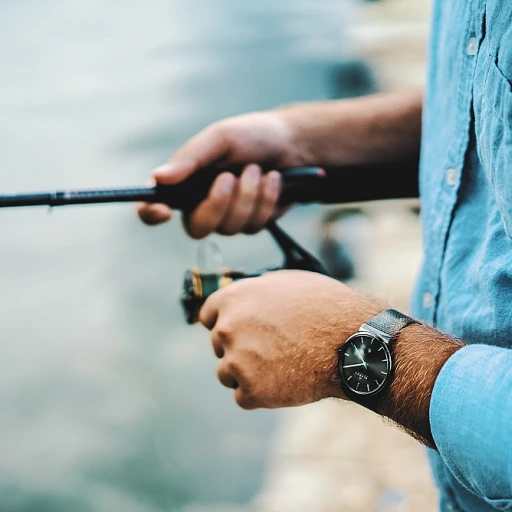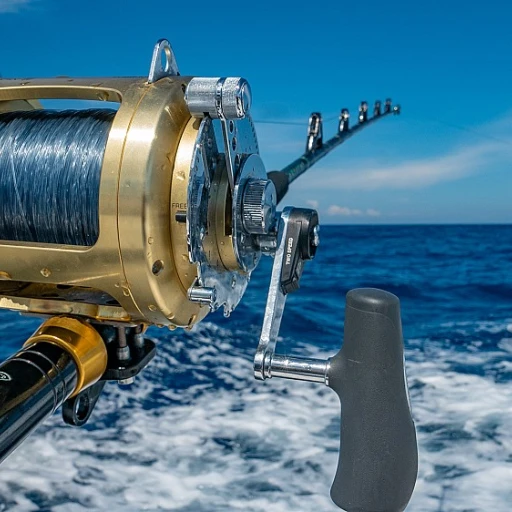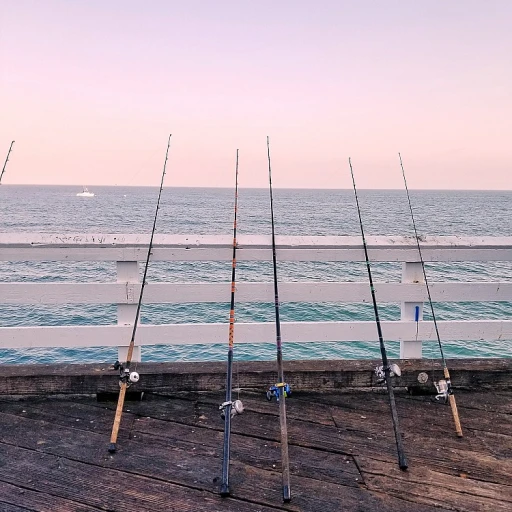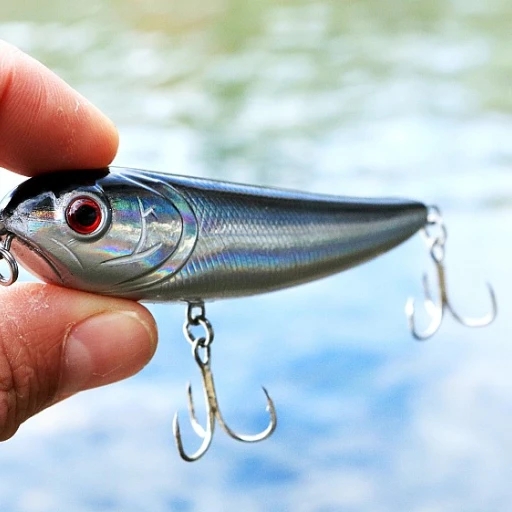
Understanding the Pole Hook
The Essential Fishing Companion
For those who enjoy recreational fishing, the right tools make a significant difference in the success of your outing. Among the essential gear, a utility hook stands out for its versatility and functionality. Typically, a fishing pole hook comes equipped with an extension pole, which allows anglers to reach, push, or pull objects with precision and ease. These tools are especially useful on a boat, where the convenience of a telescoping extension can dramatically enhance the efficiency of your fishing activities. When fully extended, these poles offer a high reach, making them ideal for various fishing situations, including those in hard-to-reach areas. The pole hook's construction is designed to withstand the challenges posed by water environments, often featuring a stainless steel or rust-resistant finish. This ensures the hook remains durable and reliable throughout numerous fishing seasons. Despite the strength and robustness, most models are surprisingly light, contributing to ease of use. Fishing enthusiasts will find that these products come equipped with either a black or white stroke width, providing both utility and an aesthetically pleasing appearance. Whether you need a standard push-pull tool or a specialized hook attachment for docking, there is undoubtedly a pole hook tailored to meet your specific needs. Understanding these fundamental aspects of the pole hook sets the stage for making informed decisions when selecting the right one for you. With varied pricing options, you can find products that fit your budget while not compromising on quality. The regular and original prices will often reflect the material and added features, such as telescoping or hook extension capabilities. Stay informed about these unique fishing tools to enhance your catch and overall fishing experience.Choosing the Right Pole Hook for Your Needs
Finding the Ideal Pole Hook for Your Fishing Expedition
When it comes to selecting a pole hook, several factors should be taken into account to ensure it complements your fishing technique and environment. Whether you're on a boat, dock, or shoreline, choosing the right product can make a significant difference in your catch. Here are a few key considerations to help you find your perfect match:
- Purpose and Environment: Consider the environment where you will primarily use the pole hook. For instance, a telescoping extension pole with a rust-resistant hook is ideal for saltwater fishing. Think about whether you need a hook docking option or a push-pull mechanism specific to your fishing spot.
- Material and Durability: Most pole hooks are available in stainless steel or lightweight aluminum. Stainless steel options are generally more durable and rust-resistant, making them suitable for rugged use and harsh environments.
- Length and Extension Capability: Look for a pole hook with the necessary reach. Telescoping poles are great for versatility, offering light and small options that are perfect for portability. Check how high the pole can be fully extended for those hard-to-reach areas.
- Price and Budget: Evaluate the price range of the pole hook within your budget. Compare the regular price and the original price if available. Sometimes, there might be discounts or features that justify a higher price.
The right pole hook should efficiently assist in your fishing endeavors, whether it's for a light stroke of small catches or pulling in a bigger prize. Investing in the proper poles will enhance your reach, providing you with an advantage while fishing.
For more in-depth technique visits, don't forget to check out some helpful DIY guides. For example, knowing how to properly replace fishing rod ferrules can greatly complement your fishing equipment maintenance.
Techniques for Using a Pole Hook Effectively
Maximizing the Use of Your Pole Hook
When it comes to fishing, utilizing the right techniques with a pole hook is crucial in enhancing your catch. A well-implemented approach can turn this versatile tool into an essential component of your fishing gear. Here’s how you can effectively use a pole hook to its full potential:- Understanding Your Environment: Familiarize yourself with your fishing spot, whether it's from a boat or a dock. A telescoping extension can be particularly beneficial if your target fish tend to stay further away, as it allows for high reach without disturbing the water significantly.
- Telescope and Extension Techniques: The beauty of a telescoping extension pole is its ability to adapt to various fishing scenarios. For instance, a utility hook or a docking telescoping hook can be advantageous when trying to reach deep waters or maneuver around obstacles. Keep your pole light but sturdy, ensuring you can extend it fully when needed.
- Push, Pull, and Hold: Master the art of using the ‘push pull’ technique. This involves gently applying and relieving pressure, which can help in securely hooking and guiding your catch without causing undue stress to your pole hook, especially when using a stainless steel or rust-resistant model.
- Incorporating Additional Gear: Along with your hook extension, consider supplementary products like a stroke width measurement tool that can assist in precision and control when operating in high reach areas. To further enhance your gear, check out this article on choosing a strong and reliable fishing line.
Maintenance and Care for Longevity
Maintaining Your Pole Hook for Optimal Performance
To ensure your pole hook remains an effective tool in your fishing arsenal, proper maintenance and care are essential. A well-maintained hook can greatly enhance your fishing experience, providing the reliability you need when out on the water.
Start by regularly inspecting the entire product, from the hook itself to the telescoping extension pole. Look out for signs of wear and tear, and make sure the extension mechanisms are functioning smoothly. Any rough, gritty movements might indicate debris that's filling the extension grooves, which can lead to damage over time.
To clean your hook, use fresh water to rinse off any salt, dirt, or sand. For a stainless-steel hook, make sure it is completely dry before storing to prevent rust, despite its rust-resistant properties. Occasional application of a light coat of anti-corrosion spray can help maintain the metal's integrity.
Another important aspect is checking the pole's joints and connections. Over time, these areas can loosen, leading to a less secure hook docking and an unstable reach when fully extended. Regularly tighten and lubricate these connections to ensure a high reach and a strong stroke width when in use.
Storage is also a crucial factor. Keep the pole hook in a cool, dry place away from direct sunlight to prevent material degradation. Many poles come with protective cases or covers, and using them can safeguard your tool from accidental damage.
Investing in high-quality yet affordable pole hooks with robust hook attachments and secure push-pull mechanics will provide long-term reliability. Remember, getting the right product at an original price often pays off compared to constantly replacing lower-grade options.
By integrating these maintenance tasks into your regular fishing routine, you can ensure your pole hook remains an invaluable companion on your fishing trips, supporting you as you strive for that perfect catch.

- + Dual serrated blades for efficient cutting
- + Includes hard molded locking sheath for safe storage
- + Titanium coating for durability
- + Non-slip grip for comfortable handling
- + Multifunction tool for various fishing tasks
Innovative Features in Modern Pole Hooks
Innovative Additions Elevating Your Pole Hook Experience
In the evolving world of recreational fishing, manufacturers continually enhance products to offer anglers tools that improve efficiency and functionality. A pole hook, though a simple tool, is no exception. Today's pole hooks come with innovative features that not only enhance their utility but also ensure durability and ease of use. One of the standout innovations is the telescoping extension feature. This allows you to adjust the hook's length, providing a high reach when needed, extending up to several feet when fully extended. It's a game-changer for anglers who require versatility and flexibility in their equipment, accommodating situations both on and off the boat. Many modern pole hooks are crafted from stainless steel, ensuring they remain rust resistant, even when exposed to harsh marine environments. This durability means they can withstand repeated use without losing structural integrity. Additionally, extension poles often come with lightweight designs, enabling easy maneuverability. This is crucial when your focus is on guiding or retrieving your catch without adding unnecessary strain or weight. Color options such as black and white not only add to the aesthetic appeal but also improve visibility, especially in different lighting conditions. A pole hook’s stroke width is important for precise control and the ability to push and pull with ease, directly influencing the hook attachment's efficiency. Finally, multi-purpose designs are becoming increasingly popular. A single product that can act as a utility hook, hook docking tool, and even a push-pull mechanism serves multiple functions, ensuring you get the most out of every inch. With options available to suit every budget, from original price tags to regular price reductions, it’s easier than ever to find a pole hook that meets both your needs and your wallet. So, as you consider your next hook tool, think about these innovative features that could significantly improve your fishing expeditions.Common Mistakes to Avoid with Pole Hooks
Avoiding Frequent Missteps with Pole Hooks
As versatile as pole hooks can be, beginners and seasoned anglers alike often stumble over some common mistakes. These errors can affect not only your success rate but also the longevity of your equipment. Here’s a rundown of what to watch out for:
- Neglecting Proper Extension: One of the biggest advantages of a telescoping extension pole is its capability to adjust in length effortlessly. However, failing to extend it to the appropriate length for your reach needs can limit both the effectiveness and safety of your fishing operation. Always ensure your pole is fully extended or securely locked at the desired extension.
- Incorrect Hook Size: Whether you're using a small hook for light jobs or a larger, more robust utility hook for heavy-duty work, always ensure the hook matches your project needs. An oversized hook on a fragile target or vice versa can result in poor performance or even damage.
- Ignoring Maintenance: Without regular care, even rust-resistant tools can degrade over time. As discussed previously, maintaining the cleanliness and functionality of your stainless steel pole hook is crucial for its longevity. Always rinse and dry your equipment after each outing.
- Overlooking Purchase Options: Prices for these tools can vary significantly. Pay attention to the regular price versus any original price discounts, particularly when purchasing high-quality products.
- Improper Use of Hook Docking: This feature is invaluable when maneuvering around your boat. However, improper use can lead to clumsiness or even accidents. Mastering the push pull and docking techniques can make a significant difference.
Being aware of these common pitfalls can lead to an improved fishing experience. Keeping these considerations in mind ensures not only efficiency but also safety on every excursion, thereby maximizing the utility of your pole hooks.
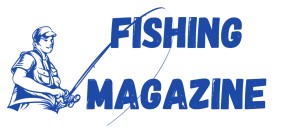
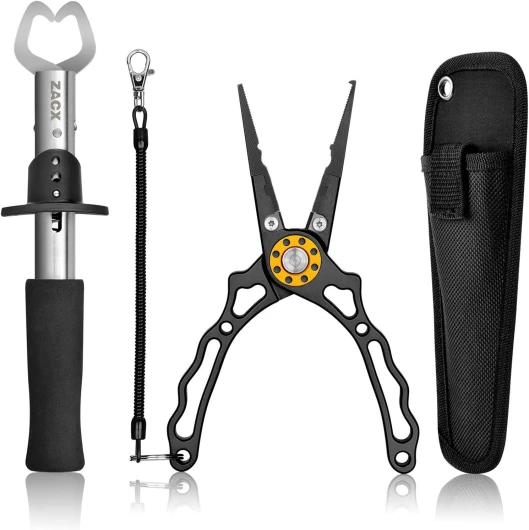

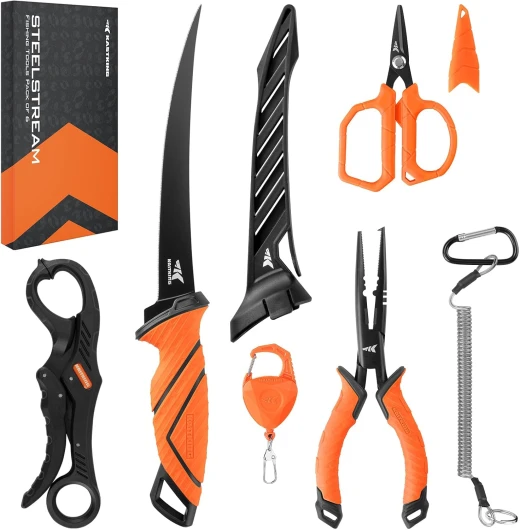

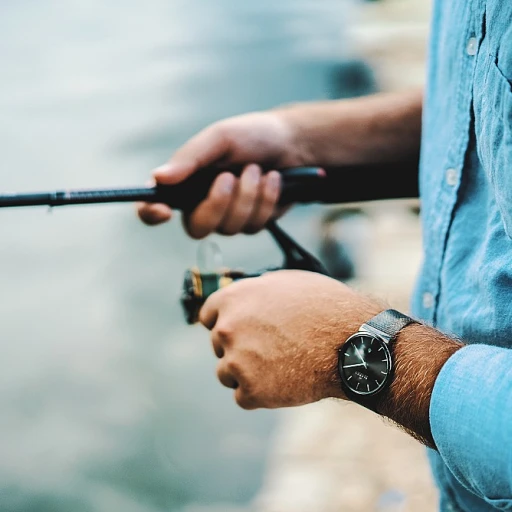
-large-teaser.webp)


